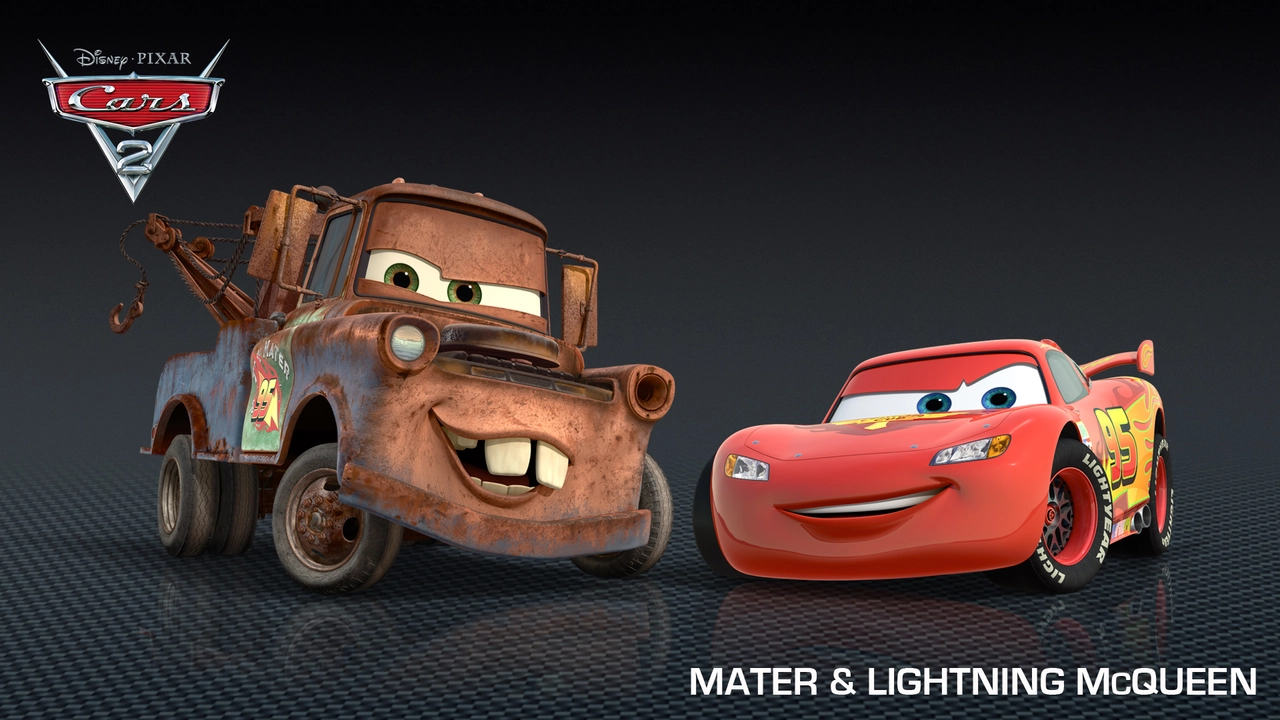
The Making of a Sequel: The Behind-the-Scenes Drama of Cars 2
Let’s set the stage here. Picture this, folks: a room full of artistic geniuses, the smell of fresh coffee in the air, the buzz of creativity palpable... and then: the news that Cars 2 would be the next big project. The immediate question that follows, of course, for any movie buff, Pixar fan or curious reader is this: were the Pixar animators happy about being tasked with Cars 2? Now, brace yourselves for a roller coaster of emotions, clashing visions, studio politics, and, yes, a golden retriever named Max. Now, don't worry, Max didn't actually make the film, but he sure kept me entertained while investigating all the ins-and-outs of this intriguing topic.
The Initial Reactions: Excitement or Disappointment?
To put it starkly, the initial reaction to working on Cars 2 was split right down the middle, like a delicious sandwich that you're about to share. Some animators were initially thrilled, eager to once again explore the vibrant, high-octane world of Cars. Others, however, were less enthusiastic. After spending years crafting beautifully emotive fish (Finding Nemo), brave monarchs (Brave), and a wistful robot experiencing love for the first time (have tissues ready for Wall-E), the prospect of a sequel to Cars stirred mixed emotions. Now, remember folks, there's nothing inherently wrong with Cars. But the world of sentient vehicles presents a unique challenge to animators used to imbuing their characters with human-like expressions and mannerisms.
Caught in the Middle: The Challenge of Anthropomorphizing Cars
Put yourselves in their shoes... or, um, wheels for a second. Picture having to portray emotions, thoughts, feelings, the very essence of a personality, using a non-human, hunk of metal! Cars don’t have mouths to smile with, hands to gesture with, hell, they don’t even have eyebrows to furrow in thought! And yet, they had to make every car an individual, an operable entity that breathes life and exudes a unique persona... much like my hamster, Nibbler. The fellow has a wheel, a cage, and a small mountain of cedar shavings, yet the amount of drama he can create rivals any prime time soap opera. Quite a challenging endeavor! Complicating this task was the layer of realism demanded by the world of Cars. Despite being comedic and outlandish at times, Cars demanded a level of mechanical and physical accuracy that many found challenging.
The Vision Clashes: Creatives vs. Marketers
Yet, the biggest challenge, the tug-of-war that set the stage, was the clash of two powerful entities: the creative minds at Pixar and the marketing moguls that held the company’s purse strings. The creatives championed innovation, novelty, pushing the envelope in terms of narrative and visual grandeur. They were the children who never grew up, their minds filled with fantastical scenes and heart-warming stories. In contrast, the marketers were pragmatists, their eyes set on returns, profitability and market domination. They valued sequels, merchandise, and accessibility. The push and pull between these two powerful forces resulted in a pressure cooker environment, simmering with tension, much like a spicy chili I once attempted to cook. The end product? An explosion of flavor, yes, but almost burning down the kitchen in the process.
Reaching Compromises: The Production of Cars 2
And so, in the midst of this all, Cars 2 took shape. The artists and animators worked tirelessly to wring emotion from these mechanized characters, innovating ways to breathe life into them, much like a dog owner trying to train a particularly sly golden retriever (*cough* Max *cough*). The marketers, meanwhile, hugged the boundary lines, steering the project towards merchandise-friendly turns, saturating the film with marketable characters more akin to vibrant retail products than emotionally complex entities. Over time, compromises were reached, alliances formed, and in this rich tapestry of creativity, struggles and resolutions, Cars 2 was born, and given life on the silver screen. However, this process was not without its share of disagreements, resolved and unresolved tensions that all contributed to a final, layered piece of motion picture art.
Delving Deeper: The Aftermath and Lessons Learned from Cars 2
But what about the aftermath? What lessons were learned from the tumultuous journey of Cars 2? Much like my adventures dog-training Max (ah, the nightmare of teaching him to fetch, only for him to return, tail wagging, dragging along Nibbler’s cage rather than the thrown stick), there were a number of lessons Pixar absorbed. One key takeaway was the importance of a shared vision. The engagement of all stakeholders at every step of the process was crucial to align expectations and foster a collaborative, conflict-free environment. Another takeaway was the increasing importance of managing commercial pressures while also pushing the boundaries of art and storytelling.
In conclusion, the journey of Cars 2 provides invaluable insights into the world of animation and film production. Yes, there were tensions and discontent among the animators, but also passion, innovation, and a relentless drive to produce a film worthy of the Pixar name. It's like when I set out to write a blog post. There's Max gnawing at my socks, Nibbler running laps in his wheel, days where the words just don’t flow... but then, you see your vision come to life on screen, or on paper, or even in a well-trained golden retriever, and you understand why you started in the first place, why you kept going through the tough times, and why you, undoubtedly, would do it all over again!
Write a comment